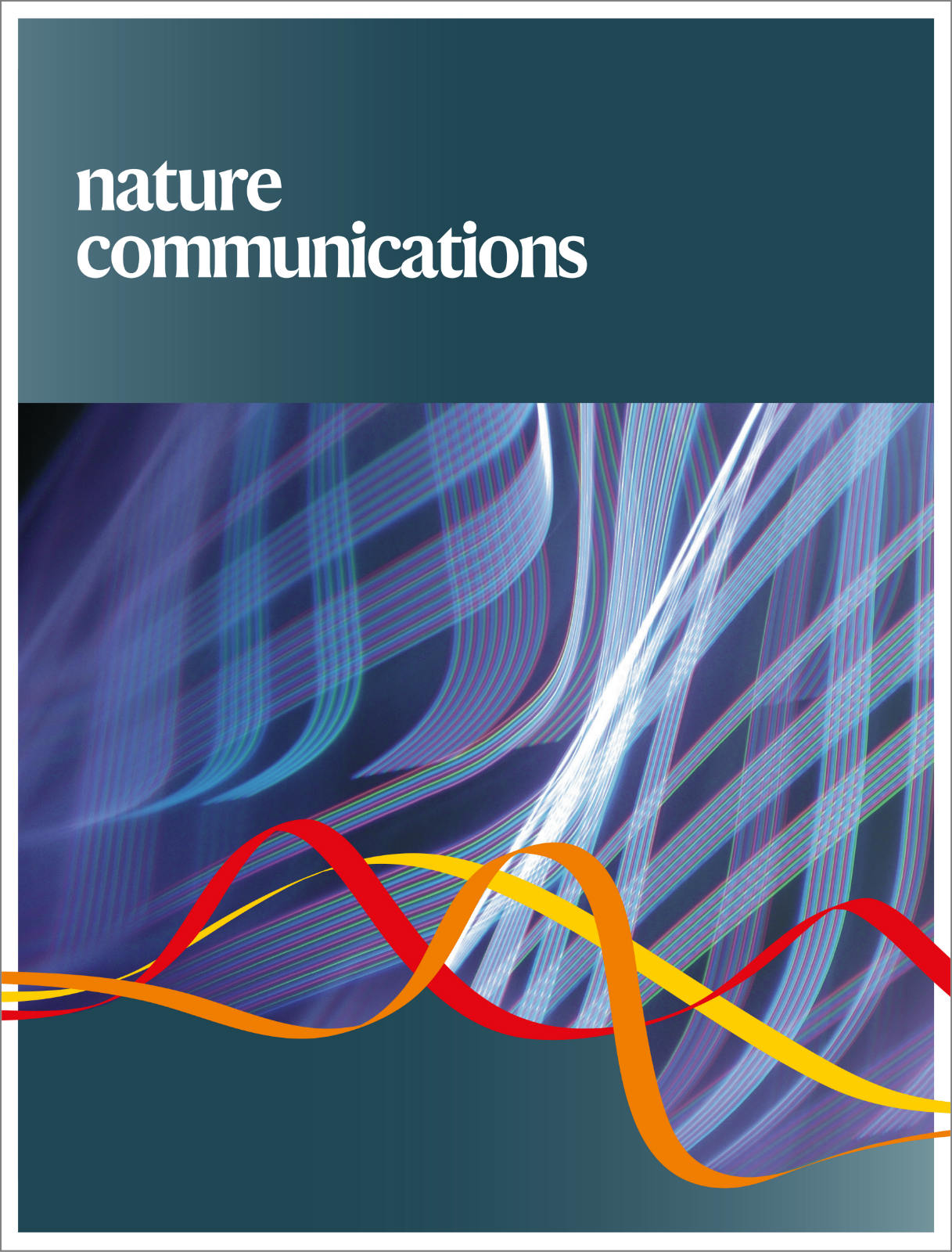放牧逆转了青藏高原气候引起的土壤碳增加。
IF 15.7
1区 综合性期刊
Q1 MULTIDISCIPLINARY SCIENCES
引用次数: 0
摘要
人们普遍认为,青藏高原土壤碳储量正日益受到气候急剧变暖和畜牧业集约化的威胁。但由于不受约束的模型预测,它仍然难以捉摸。本文将大规模土壤活动、土壤孵化和配对放牧实验结合起来,在三池土壤碳模型中预测气候变化和放牧对土壤碳储量的影响。虽然西藏的土壤将起到碳汇的作用,但超过一半的碳增长发生在活跃或未受保护的土壤中,这使得它们很容易受到极端事件和放牧的影响。尽管热岩溶过程可能不会逆转这一趋势,但继续以目前的水平放牧牲畜,甚至过渡到牧草-牲畜平衡状态,几乎可以抵消气候带来的好处。我们强调了优化放牧以维持青藏高原土壤碳汇的迫切需要,并强调了将放牧对土壤碳储量的影响纳入地球系统模型的重要性。本文章由计算机程序翻译,如有差异,请以英文原文为准。
Grazing reverses climate-induced soil carbon gains on the Tibetan Plateau.
Soil carbon stocks on the Tibetan Plateau are widely considered to be increasingly threatened by drastic climate warming and intensified livestock grazing. But it remains elusive due to unconstrained model projections. Here we integrate large-scale soil campaigns, soil incubation with paired grazing experiments to project impacts of climate change and grazing on soil carbon stocks in a three-pool soil carbon model. While Tibetan soils will act as a carbon sink, over half of the gains occur in active or unprotected pools, making them vulnerable to extreme events and grazing. Although thermokarst processes may not reverse this trend, continued livestock grazing at current levels, or even a transition to a forage-livestock balanced state, could nearly offset climate-induced benefits. We highlight the critical need to optimize grazing to sustain soil carbon sinks on the Tibetan Plateau, and emphasize the importance of incorporating grazing impacts on soil carbon stocks into Earth system models.
求助全文
通过发布文献求助,成功后即可免费获取论文全文。
去求助
来源期刊

Nature Communications
Biological Science Disciplines-
CiteScore
24.90
自引率
2.40%
发文量
6928
审稿时长
3.7 months
期刊介绍:
Nature Communications, an open-access journal, publishes high-quality research spanning all areas of the natural sciences. Papers featured in the journal showcase significant advances relevant to specialists in each respective field. With a 2-year impact factor of 16.6 (2022) and a median time of 8 days from submission to the first editorial decision, Nature Communications is committed to rapid dissemination of research findings. As a multidisciplinary journal, it welcomes contributions from biological, health, physical, chemical, Earth, social, mathematical, applied, and engineering sciences, aiming to highlight important breakthroughs within each domain.
 求助内容:
求助内容: 应助结果提醒方式:
应助结果提醒方式:


